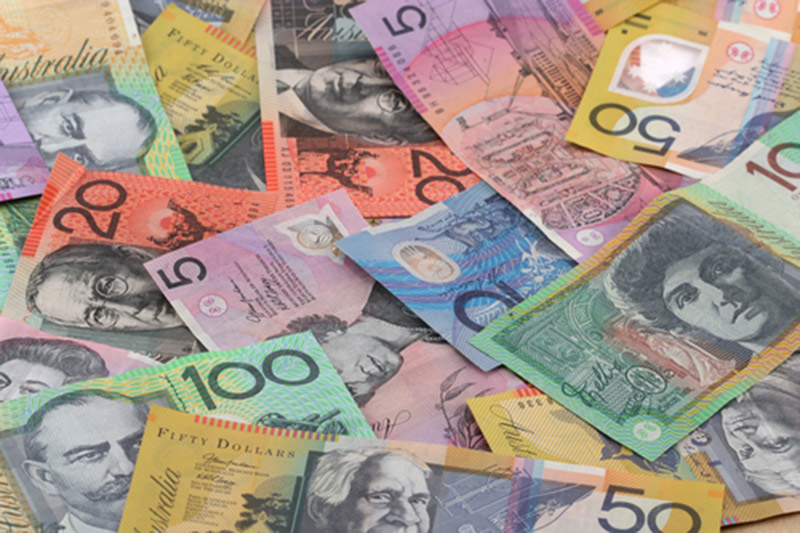By Ambar Warrick
Investing.com -- Australian consumer inflation rose sharply in November, data showed on Wednesday, heralding more economic pressure from potentially reduced household spending and amid increasing chances of more monetary tightening by the Reserve Bank.
Australia’s consumer price index (CPI) indicator rose at an annualized 7.3% in November, data from the Australian Bureau of Statistics showed, coming back to levels seen in September after briefly dipping to 6.9% in October.
November’s reading was at its highest level in 30 years.
Housing costs were the biggest contributors to the increased prices, as high labor and material costs drove up the prices of new homes. High interest rates also saw mortgage rates soar in 2022.
Disruptions in food supplies, coupled with increased operating costs also saw meals and takeaway food prices push up overall food price inflation, while a new government fuel excise resulted in higher fuel costs during the month.
The reading heralds more price-related headwinds for the Australian economy, which has been struggling with a sharp increase in inflation this year after the relaxation of most anti-COVID restrictions. Volatility in global supply chains has also contributed in part to increased inflation in the country.
The reading also puts more pressure on the Reserve Bank of Australia to keep raising interest rates, after the central bank hiked rates by a combined 300 basis points through 2022. High interest rates, coupled with high inflation, are likely to weigh on economic growth in the coming months.
Australian economic growth already missed expectations in the third quarter.
Still, some facets of the economy remain strong. A separate reading on Wednesday showed that Australian retail sales rose more than expected in November, although a bulk of this was also driven by deep discounts during the Black Friday shopping event.
The Australian dollar rose slightly on the prospect of more interest rate hikes by the Reserve Bank.
